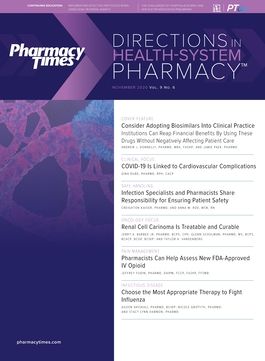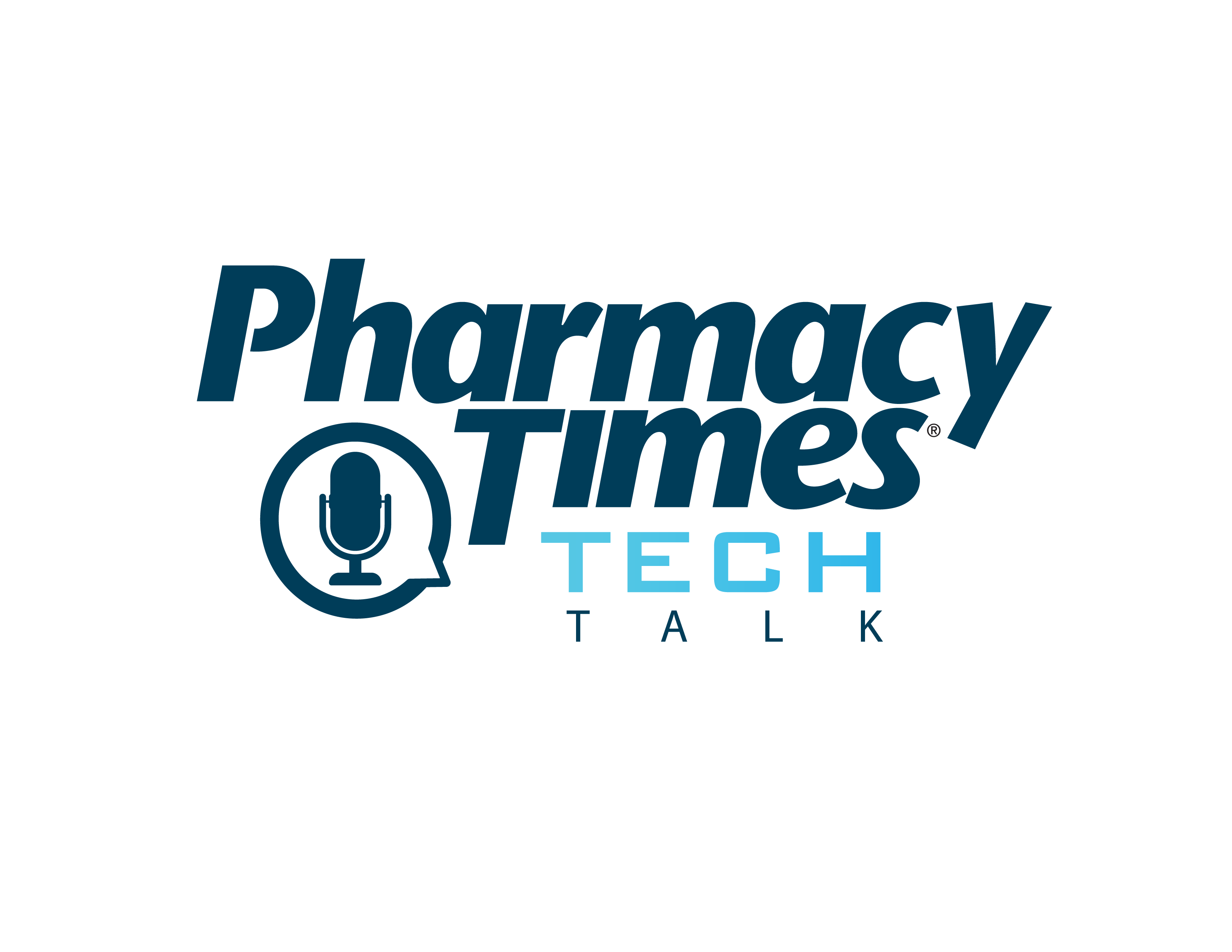Publication
Article
Pharmacy Practice in Focus: Health Systems
Attacks on 340B Drug Pricing Create Challenges for Low-Income Populations
Author(s):
Yet those directly involved in caring for the underserved and uninsured see its value firsthand.
The 340B Drug Pricing Program has grown considerably in the past decade due to a combination of provisions in the Affordable Care Act that expanded the definition of qualifying covered entities and guidance in 2010 from the Health Resources & Services Administration (HRSA) that expanded contract pharmacy programs.
There is little doubt that the pharmaceutical industry is not a fan of the 340B program and believes that HRSA lacked the statutory authority to expand contract pharmacy relationships.1 In 2020, several large pharmaceutical companies decided to directly confront the issues surrounding contract pharmacies, with many more likely to follow. These moves could have a devastating financial impact on safety net providers participating in the 340B program.
Although there are certainly strong opinions in the health care world concerning the true value of the 340B program, I believe it much of it fueled by misinformation and mischaracterization of the intent of the program, those directly involved in caring for the underserved and uninsured see firsthand the value. The 340B program has been successful at achieving its intent. The savings realized contribute to the operating margin for safety net providers, which allows for reinvestment in their communities through expanding and improving clinical services, hiring clinicians to care for the underserved, modernizing and updating facilities, offering unreimbursed wraparound services that address social determinants of care, and providing more access to care in the most vulnerable communities. It is local dollars leading to local improvements in health where it is most needed. There is no evidence that there is widespread fraud by nonprofit safety net providers that are somehow diverting savings for nefarious purposes.
The coronavirus disease 2019 pandemic has shone a bright light on disparities in health care in the United States. During the pandemic, Black people have died at a much higher percentage rate than their representation in the population. Health care providers across the country have sustained devastating financial losses because of their response to the pandemic, with many facing the worst financial crises since their founding that will require many years to recover, if they ever do. Even before the financial impact of the pandemic, rural health care systems were in distress, with more than 120 closing since 2010, and another 453, or 1 in 4, struggling to keep their doors open.2 Then the pandemic hit, worsening these financial forecasts for rural providers. More than half of 340B covered entities are rural health care providers. The recent moves by the industry causing financial harm to safety net providers in both rural and urban settings will result in a reduction of services they can provide and a widening of health care disparities. These changes will have no discernible impact on health care providers located in wealthy communities who are not eligible for 340B discounts. Intended or unintended, these decisions to undermine the contract pharmacy programs of safety net providers are discriminatory and hurt the most vulnerable communities.
While health care providers have sustained significant losses, patients have lost employment and health care coverage, small businesses have failed, and several large industries have taken significant financial hits, many of the large pharmaceutical companies have actually fared quite well with growth and increased value for their stockholders.
There will be continuing legal challenges to these actions, and it is unknown what outcome will result. In the interim, underserved patients will suffer, the cost to taxpayers will likely increase, and some safety net providers may fail, leaving their communities unserved, all while high-cost lawyers fight to maximize shareholder value for corporations with double-digit profit margins. Public statements by these same large corporations supporting fairness and inclusion will likely continue as well.
Curtis E. Haas, PharmD, FCCP, is the chief pharmacy officer for the University of Rochester health care system in New York.
REFERENCES
- Lee J. HHS power over drug discounts put to test in looming legal fight. Bloomberg Law. September 23, 2020. Accessed October 30, 2020. https://news.bloomberglaw.com/ pharma-and-life-sciences/hhs-power-over-drug-discounts-put-to-test-in-looming-legal-fight-3
- 340B at a glance. 340B Health. Accessed October 30, 2020. https://www.340bhealth.org/ files/340B_AtAGlance_-_FINAL.pdf







